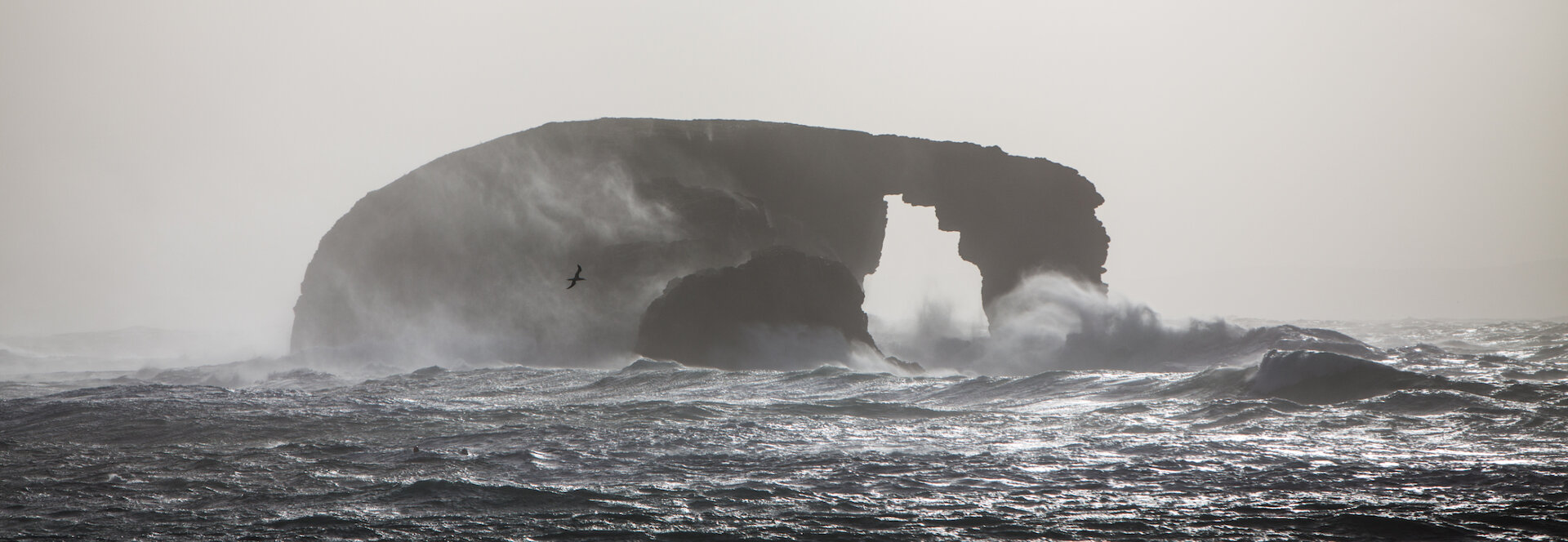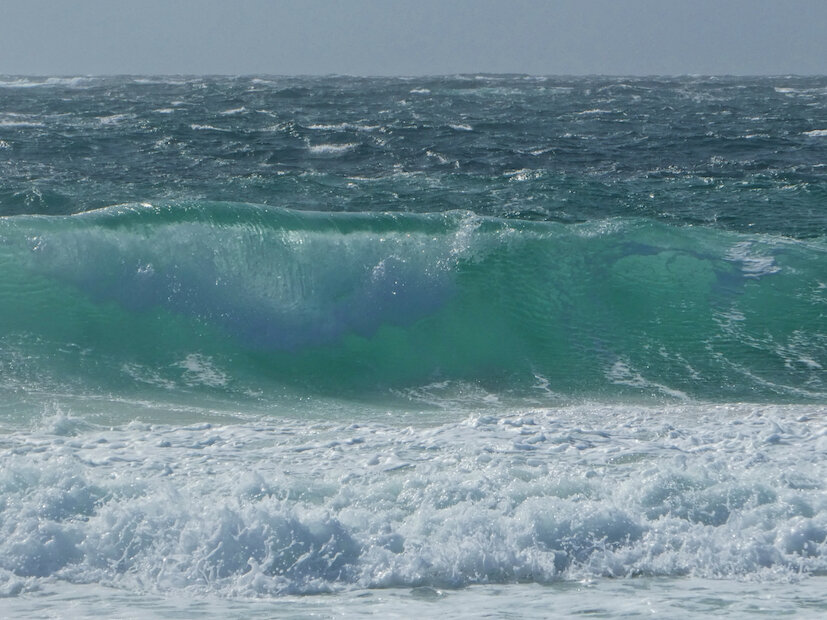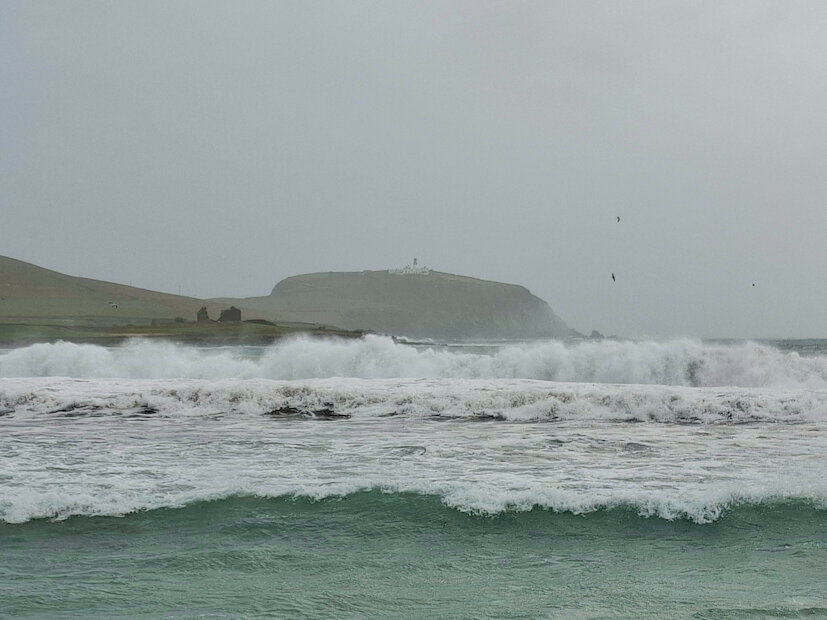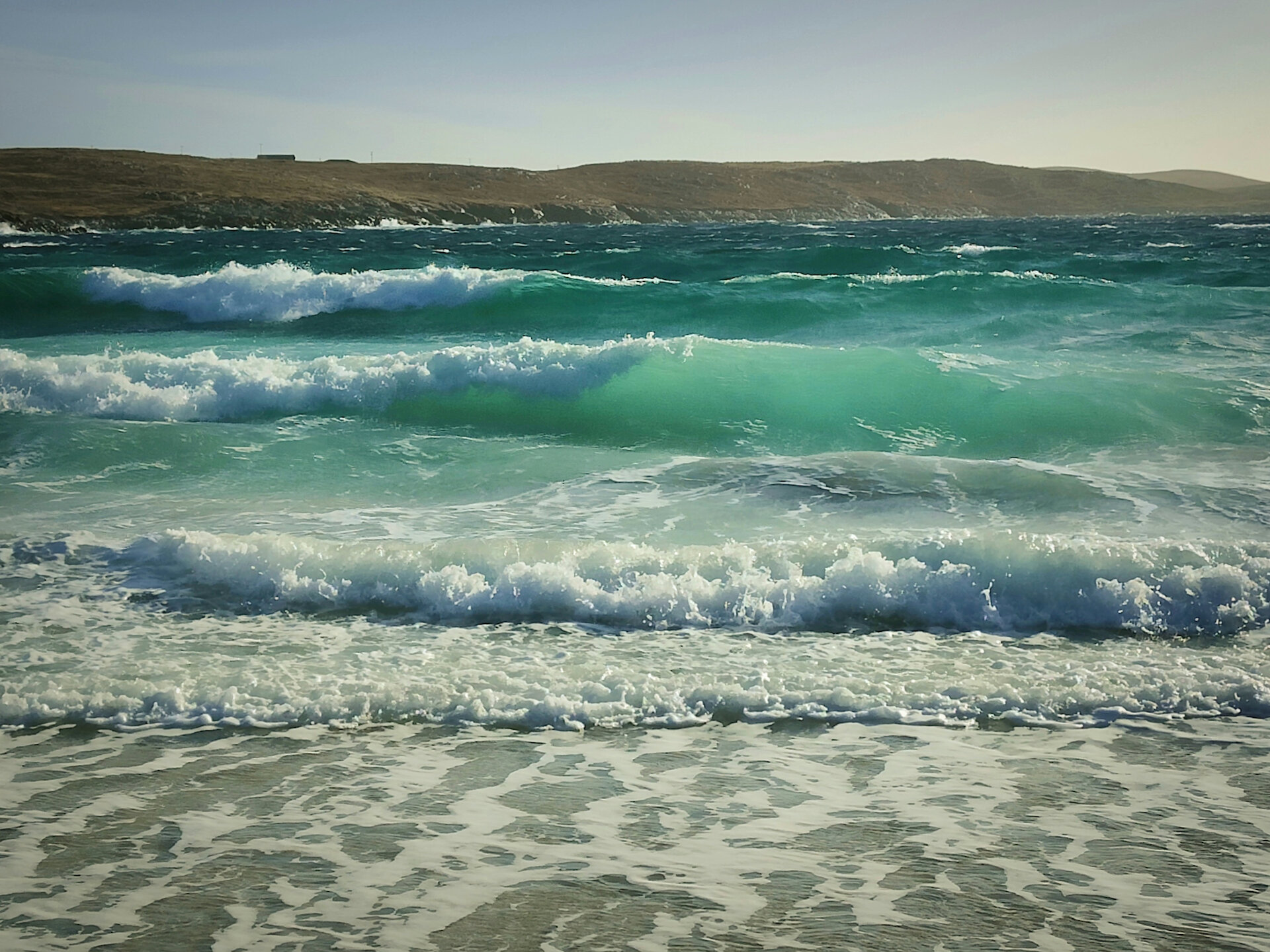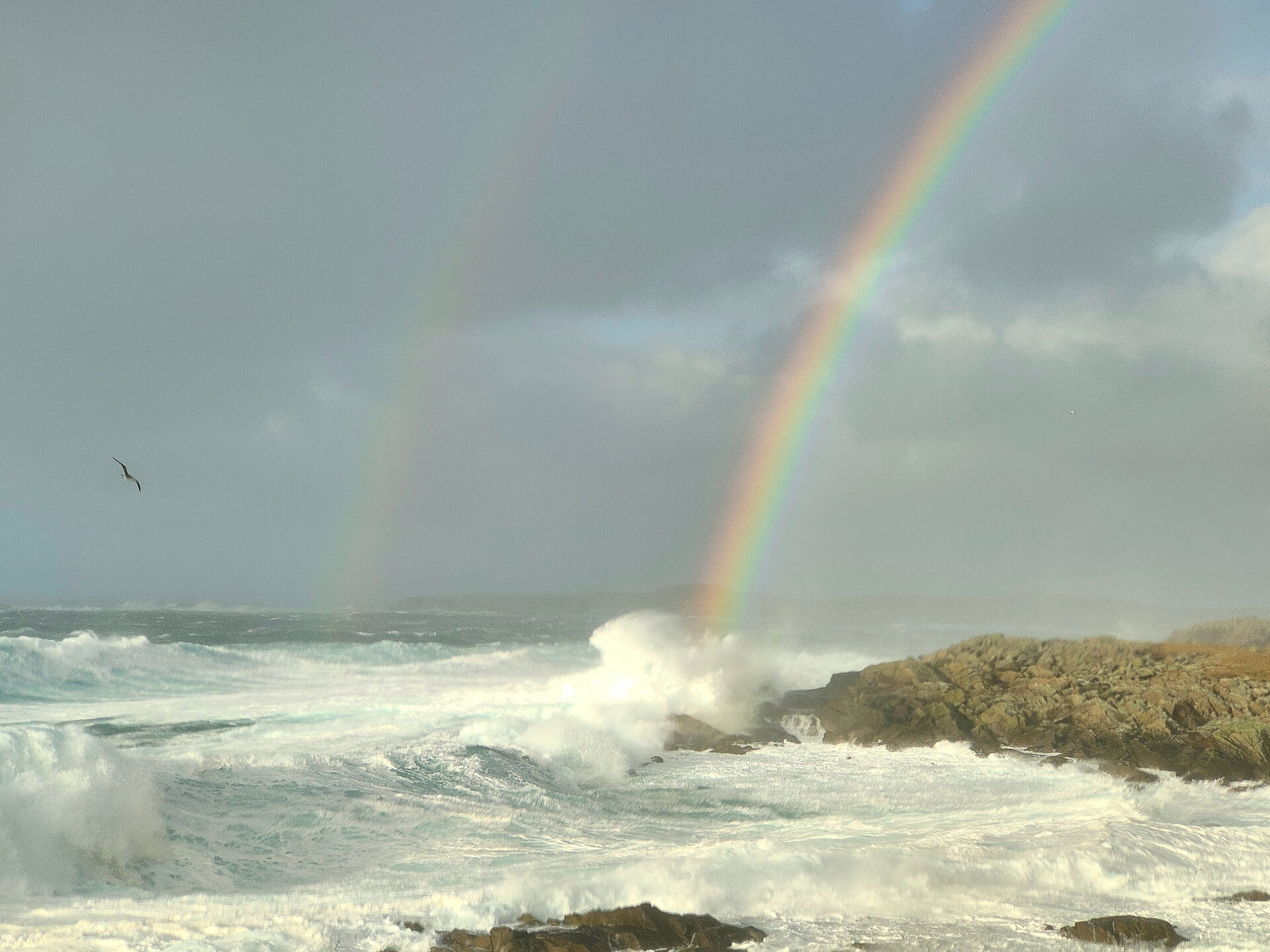To be in Shetland is to be in a world of weather. At 60º North, with many miles of sea in every direction, we often experience the full force of storms. I love it.
Being inside, warm and cosy while winter storms rage all around, listening to the wind whistling and the rain battering the windows. But I can’t help venturing outside because there is an incredible, elemental beauty to Shetland’s wild weather.
The best places to watch storms depend on the direction of the prevailing winds. Even in a violent gale, some of our waters remain sheltered while others get the full force of the storm. Here are some of my favourite places for storm watching in Shetland.
When watching storms, it is important to stay safe. There are often unpredictably strong gusts, and you must always keep a safe distance from cliff edges. Our dramatic winter seas have powerful waves, and there can be sudden, larger swells that can take you by surprise.
Being inside, warm and cosy while winter storms rage all around, listening to the wind whistling and the rain battering the windows. But I can’t help venturing outside because there is an incredible, elemental beauty to Shetland’s wild weather.
